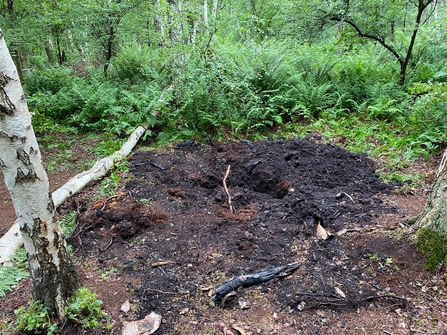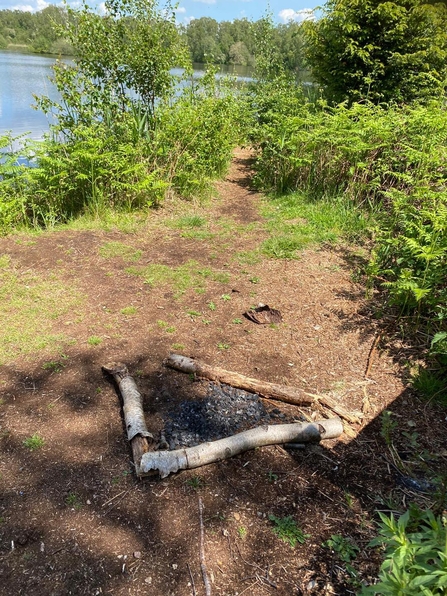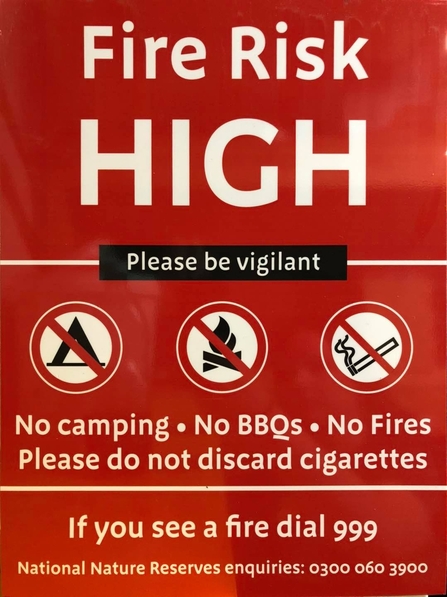The arrival of summer has brought many more welcome visitors to the Great Fen. It is a joy to see so many basking in the beauty of our Fenland nature reserves. The vast majority treat these ancient fen remnants with respect, sticking to the mown paths, taking their litter home, and following signposted advice. Unfortunately, some visitors also bring fire, and for this historic peatland, this can be catastrophic.
Sites such as Woodwalton Fen and Holme Fen National Nature Reserves are areas of peat, formed over millions of years from an accumulation of partially decayed vegetation or organic matter. We know peat is important for our planet as it acts as a carbon store, it is a great habitat for wildlife, and can hold up to 20 times its own weight in water so plays a role in water management. However, in the Great Fen area much of our peat is cultivated, drained and therefore dry, and in summer the top levels in our reserves will also dry out.
The University of Leicester Geography department explains “Dry peat ignites very easily and can burn for days or weeks, smouldering underground and re-emerging away from the initial source. This makes these fires incredibly difficult to extinguish, and highly unpredictable and uncontrollable.”
We’re sad to say that despite signage we have already found our first three fires of the year at Holme Fen. Two have been campfires and one a BBQ but fortunately they were found and didn’t get a chance to spread. Our enormous thanks goes to the quick-thinking members of the public who alerted us and called the fire brigade.



